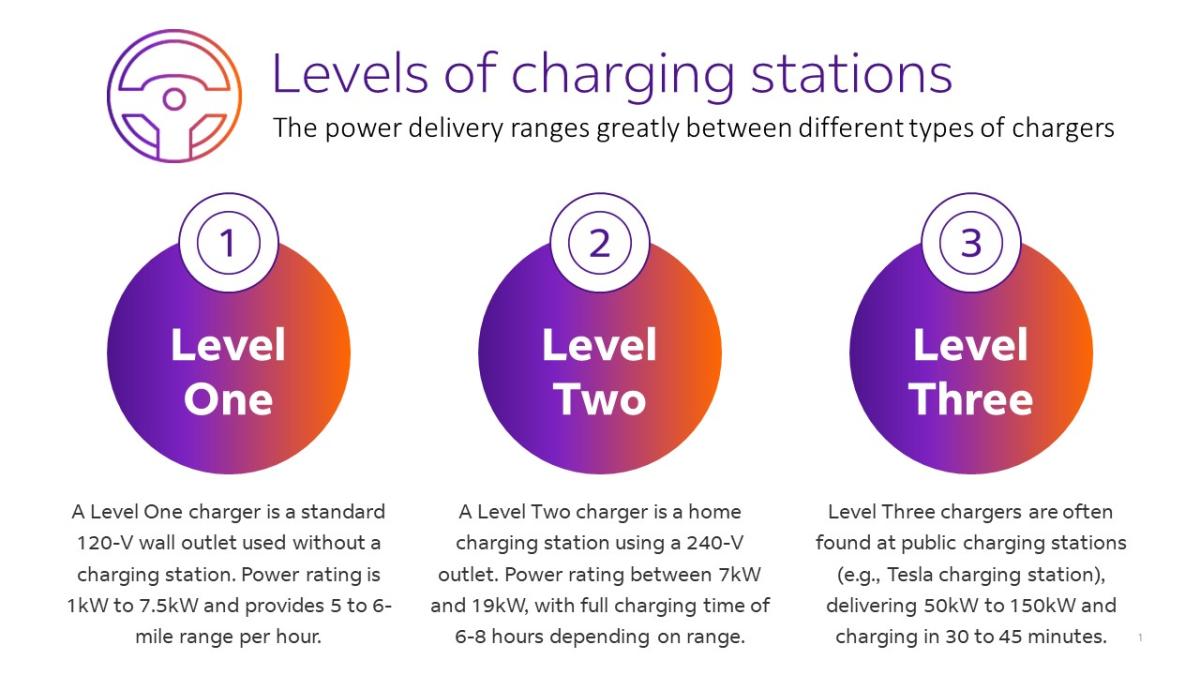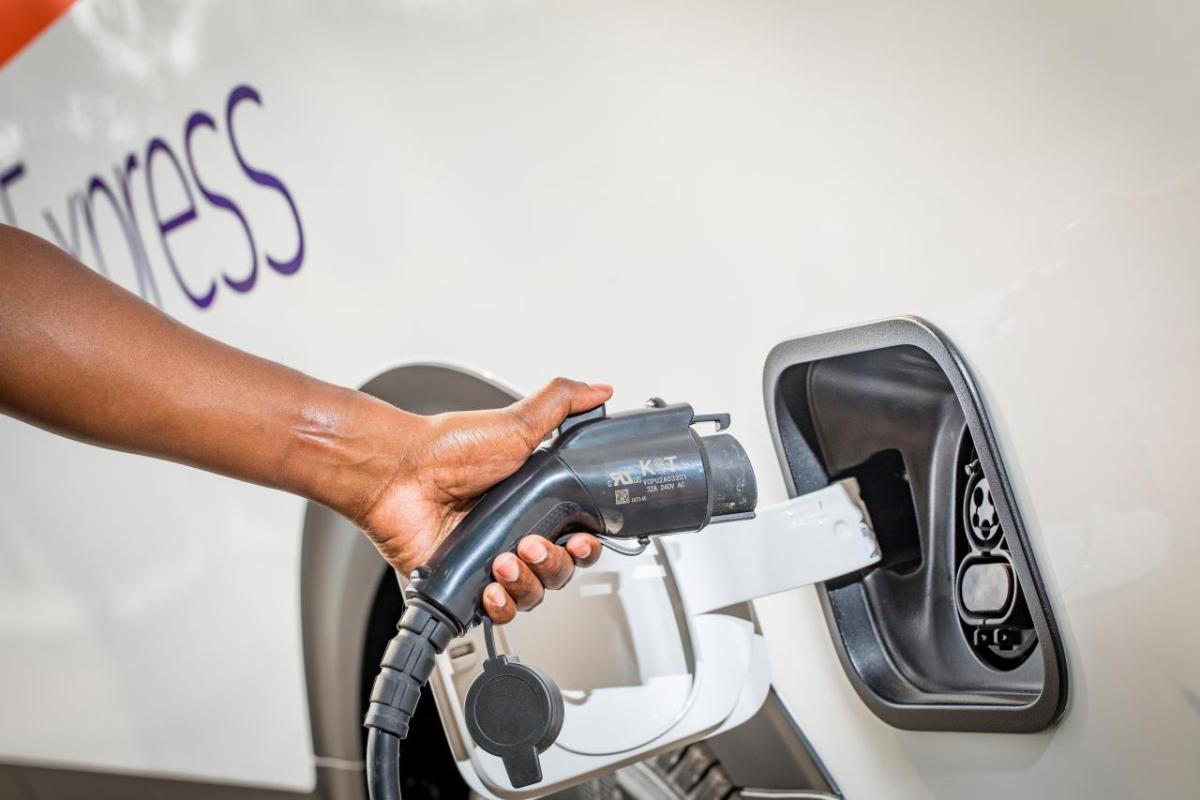Electrification 101: Ensuring Equitable EV Charging Access
A new RMI tool can enable charging and grid development that reflects the needs of communities, ensuring that everyone reaps the benefits of electric vehicles.
by Caitlin Odom, Anna Zetkulic, Kriti Singh, Liza Martin
RMI’s Electrification 101 series explores the challenges and opportunities that a rapidly electrifying transportation sector presents for the power grid, offering solutions to support proactive grid planning for oncoming EV charging needs. Find the other articles in the series below:
- Electrification 101: Getting the Grid Ready for an EV Revolution
- Electrification 101: How RMI’s New Tool Can Help Utilities Proactively Plan for EVs
Electric vehicle (EV) adoption faces the classic chicken or egg dilemma – which comes first, the vehicles or the charging infrastructure? Recent trends show that EV adoption amongst higher income customers does not require robust public charging infrastructure, especially in densely populated areas of the U.S. However, lower income and rural buyers considering the switch to electric cite charging access as one of their primary barriers. Rivaling even vehicle cost, a lack of access to charging has contributed to a slower pace of EV adoption among these communities. To ensure that cities and states stay on pace to meet their transportation electrification goals, and that all communities reap the health and economic benefits of clean cars, convenient access to charging infrastructure for all drivers is essential.
Fortunately, RMI’s forthcoming GridUp tool can help policymakers, regulators, and utilities understand the changing needs of rural and low-income communities and will allow them to make informed decisions on where to place charging infrastructure so that everyone benefits.
The need for EV Charging for all
EVs present a cost-effective solution to decarbonize trips and reduce climate pollution, especially for low-income, rural, and communities of color facing a variety of transportation barriers and higher levels of climate pollution. Given the lack of public transportation options in suburban and rural communities, EVs offer one of the more affordable options to decarbonize those commuters and transportation of goods. Lower-income households tend to live in their townships’ least transit connected neighborhoods and have the most to gain from lower operating cost vehicles –EV drivers spend about 60% less annually than internal combustion engine (ICE) vehicles owners – and increased mobility access connecting them to jobs, schools, and other health and wealth producing destinations. EVs also offer an opportunity to reduce pollution from the transportation sector – which disproportionately impacts low-income communities and communities of color. However, charging infrastructure tends to be installed where it is profitable, instead of where pollution or public transportation is worse.
In an electrified transportation future, EV charging itself could provide rural communities greater energy resilience. Future EVs could serve as backup batteries powering vital appliances or medical equipment during an outage. While upgrading the grid to supply the rise in EVs, utilities can include wider resilience improvements at the same time, such as wildfire mitigation strategies.
Equitable access to charging infrastructure ensures customers can charge their EVs regardless of location, housing-type, or travel patterns. Today, most EV owners live in single-family housing units with access to home charging, so finding, paying, and waiting for public charging is less of a concern. However, these are real obstacles for folks living in multi-family housing or driving long distances daily who struggle to justify the switch from an ICE vehicle to an EV. For these customers, the charging infrastructure must be in place and reliable to rationalize the economic investment accompanied with this lifestyle change. ICE vehicle owners rarely worry where they will fill up the gas tank. The U.S.’s present public charging infrastructure cannot promise the same thing, but other countries have proven reliable access to charging can become ubiquitous in just a few years. In Australia, EVs sales have grown rapidly and charging accessibility has maintained ratios similar to very advanced countries, such as Norway.
Understanding driver behavior
In the U.S., many utilities have prioritized investments in equitable charging infrastructure and other electric transportation solutions to ensure access to clean transportation solutions are available to all. Some utilities offer incentives to offset the costs related to charging infrastructure, electrical or transformer upgrades, and trenching. A handful of programs bundle solar installation or subsidize charging rates for customers Given the increased energy use, some utilities’ incentives put almost no cost on the customer.
As policy makers, regulators, utilities, and charging companies construct programs to incentivize charging infrastructure, they should prioritize investments that that incorporate the unique needs of disadvantaged communities while supporting the grid. To do this, they need to understand the behaviors of drivers and how these behaviors will create and shape charging demand. For example, increasing access to public charging will enable drivers without the ability to charge at home to “fill up” while they are at work or running errands. Not only will this shift where charging is sited to more commercial areas but will also increase demand throughout the day (versus the majority of home charging which occurs overnight).
Similarly, some cities or states that implement policies to make charging available at multi-family residencies, which makes changing more accessible to low-income households, who tend to have lower rates of home ownership. In these cases, charger use will shift away from high-powered direct current fast charging (DCFC) in commercial areas during the day and towards lower power Level 2 charging in residential areas with a high share of multi-family housing at night. Understanding these types of patterns can help utility companies and charging service providers optimize charging infrastructure and keep the costs of charging down by allocating resources based on peak hours and effectively managing demand to avoid grid strain.
RMI’s GridUp tool
RMI’s forthcoming GridUp tool will enable detailed insights into forecasted charging behavior. A critical resource to advance equitable charging infrastructure development, the GridUp tool is uniquely detailed and flexible: it captures the interdependencies between how charging infrastructure is deployed, how drivers use chargers, and how the grid is impacted by charger use.
Beyond electricity use data, GridUp provides data at the Census Block level, enabling users to overlay demographic metrics to ensure underserved communities are prioritized in this transition. Transportation electrification will not be successful without prioritizing clean transportation solutions for everyone. Where lack of access to charging is a primary barrier to EV adoption, GridUp will enable strategic development of charging and grid infrastructure that reflects the real-time behavior and needs of communities.
FedEx Cares reproduced this article with permission from RMI. The GridUp tool and Electrification 101 article series are supported by a generous grant from FedEx.



